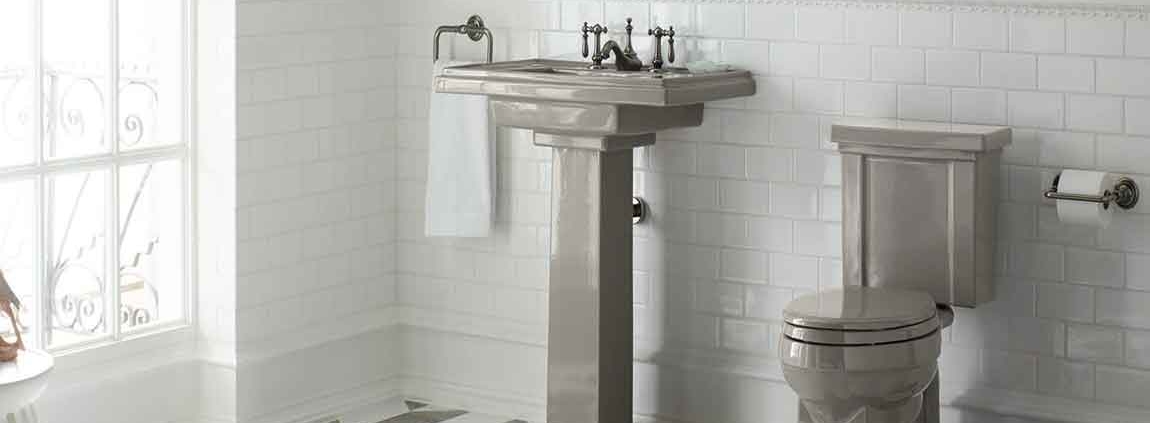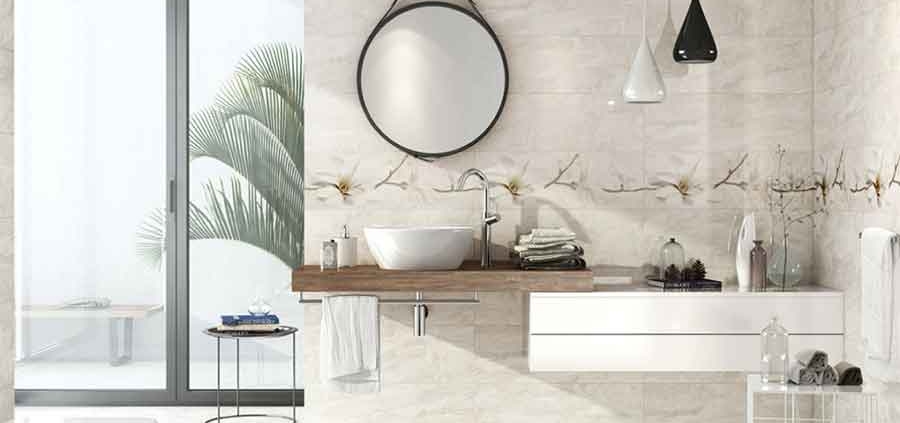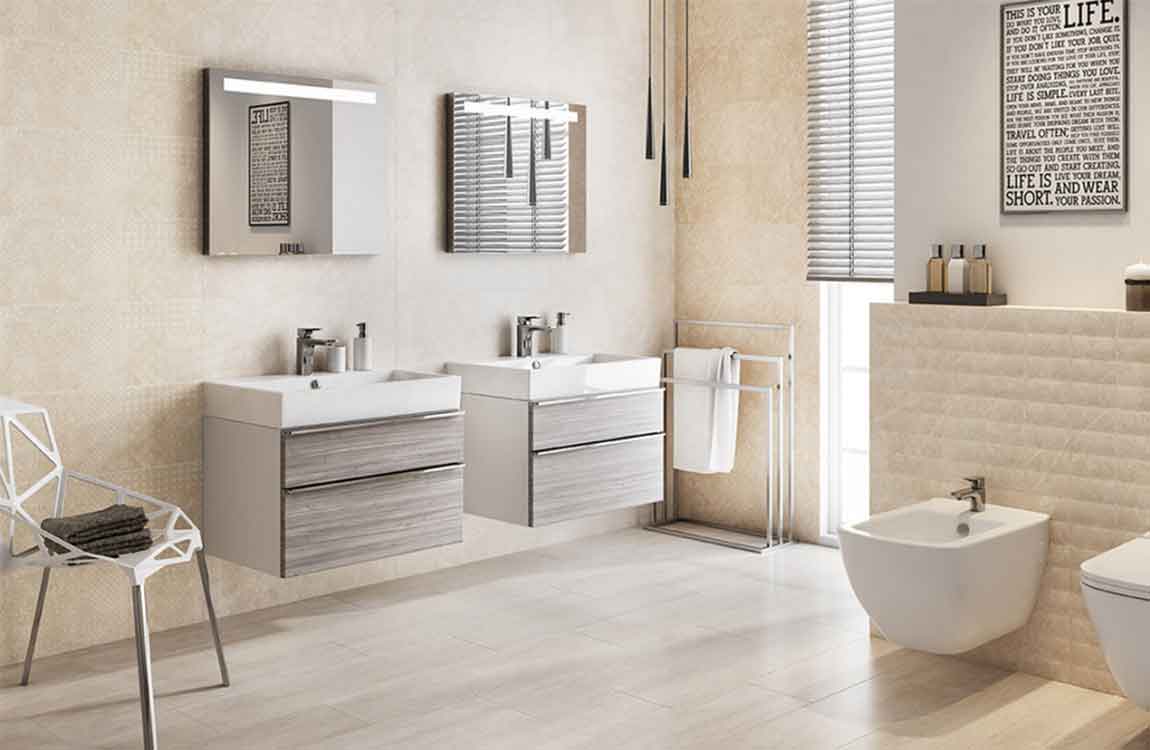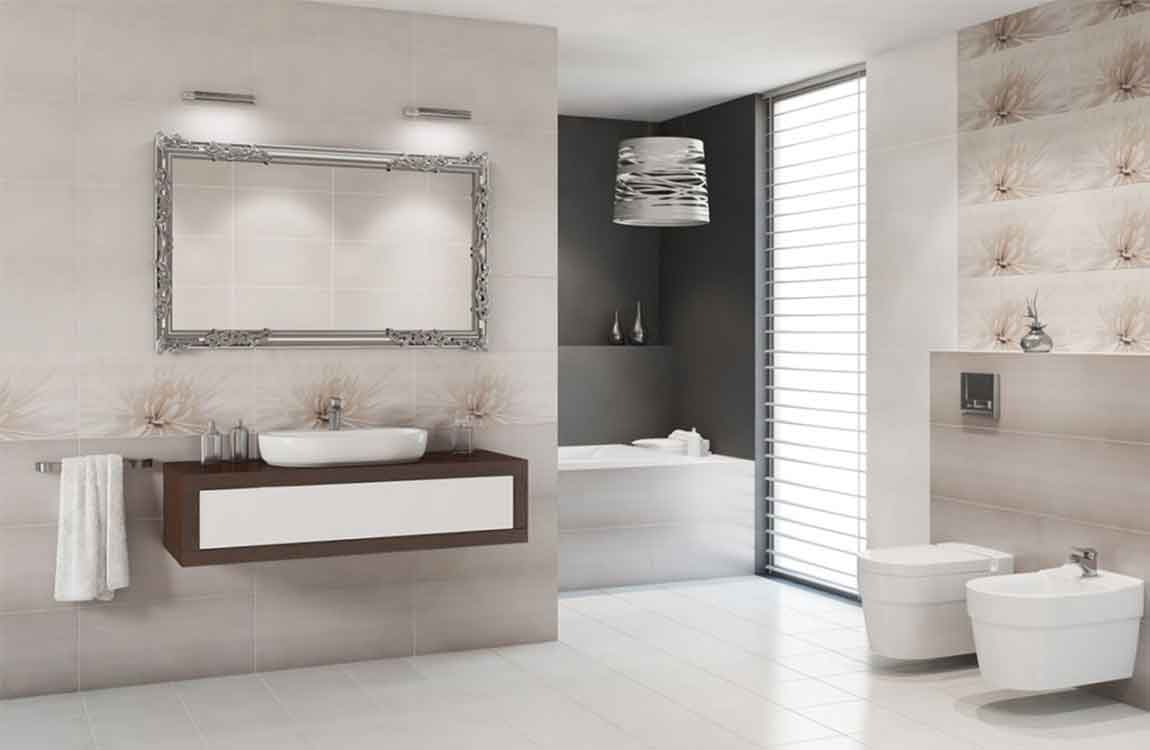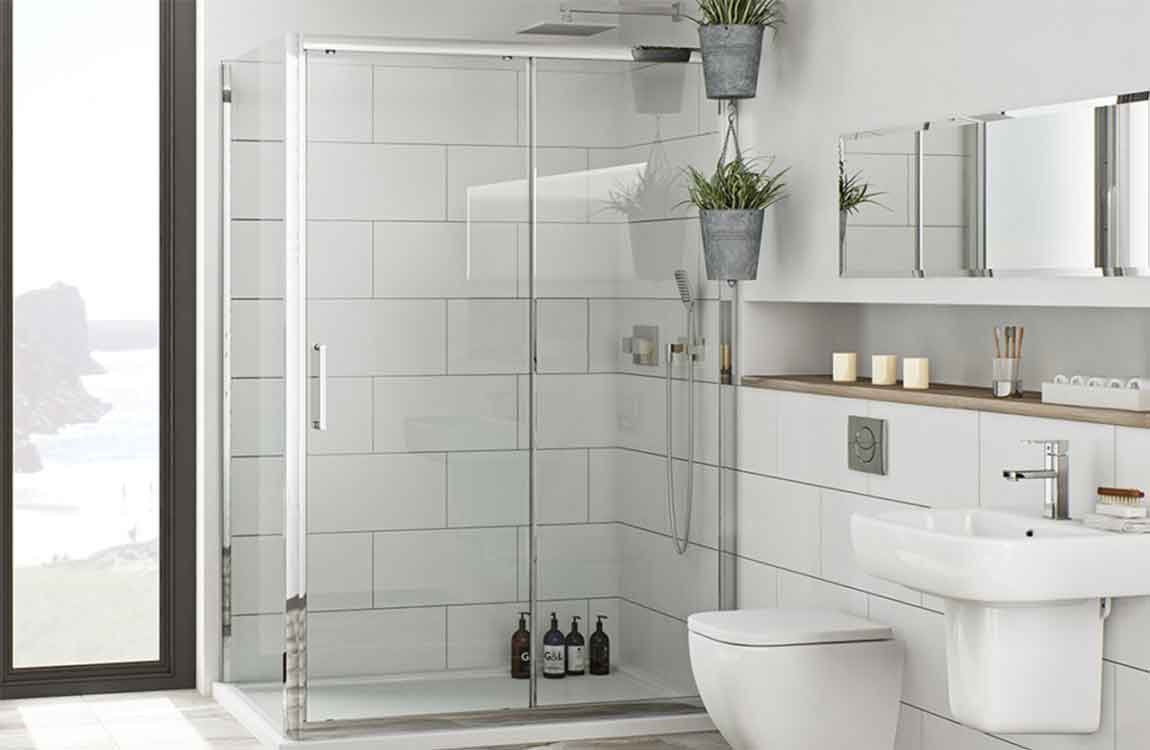How to Replace Faucet?

Remove the large nuts that hold the faucet in place. This is where you’ll want to use a basin wrench if you have one. You may have one, two, or even three nuts. Your sink may look different because they may be hard plastic, brass, or silver-colored metal. This may be the hardest part of the job, since the threads are often quite long and they may be corroded so that the nuts are difficult to turn. Hang in there! It gets easier from here. Lift the old faucet up, tubes and all, right out of the sink.

Now, examine the tubes carefully. If they are damaged in any way, take one with you to the store where you bought the wrench and buy two, new, gray plastic tubes the same length. They come with new nuts and end fittings.
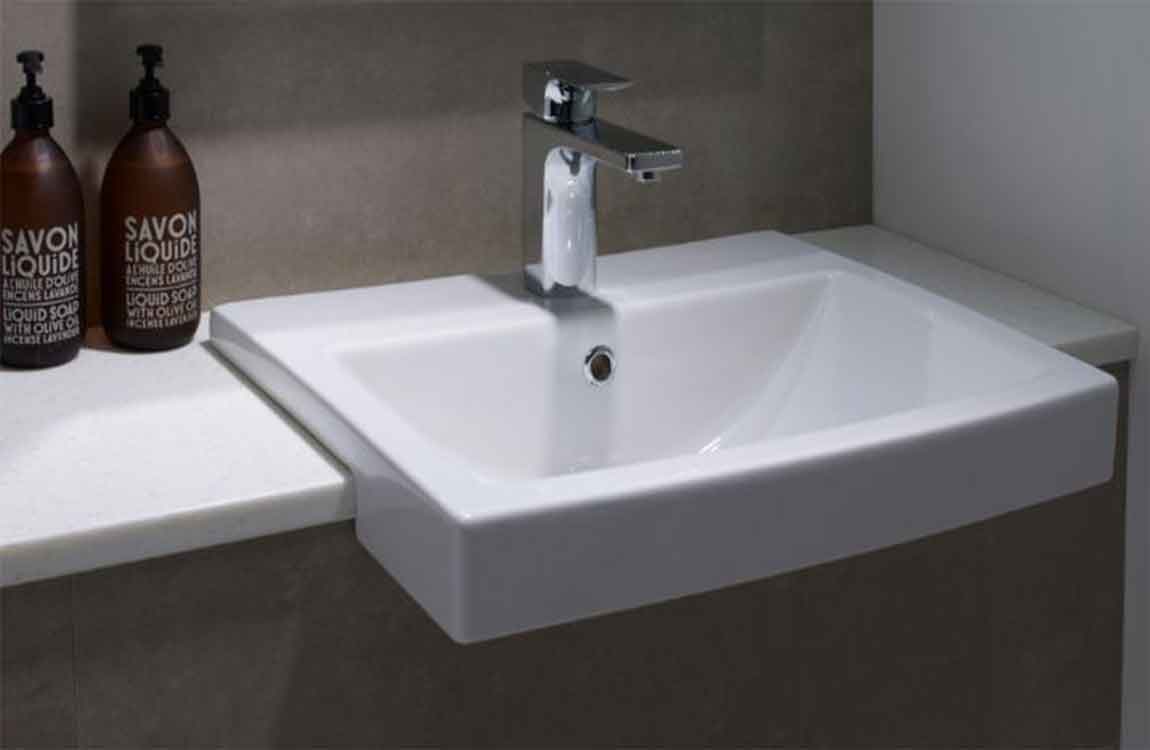
Before installing your new faucet, give the sink a good cleaning where the old faucet was mounted. You may have to scrape and scour to remove hard water deposits, although depending on the new faucet, some of the area may be covered. Try vinegar or an acid cleaner to help dissolve hard water deposits.
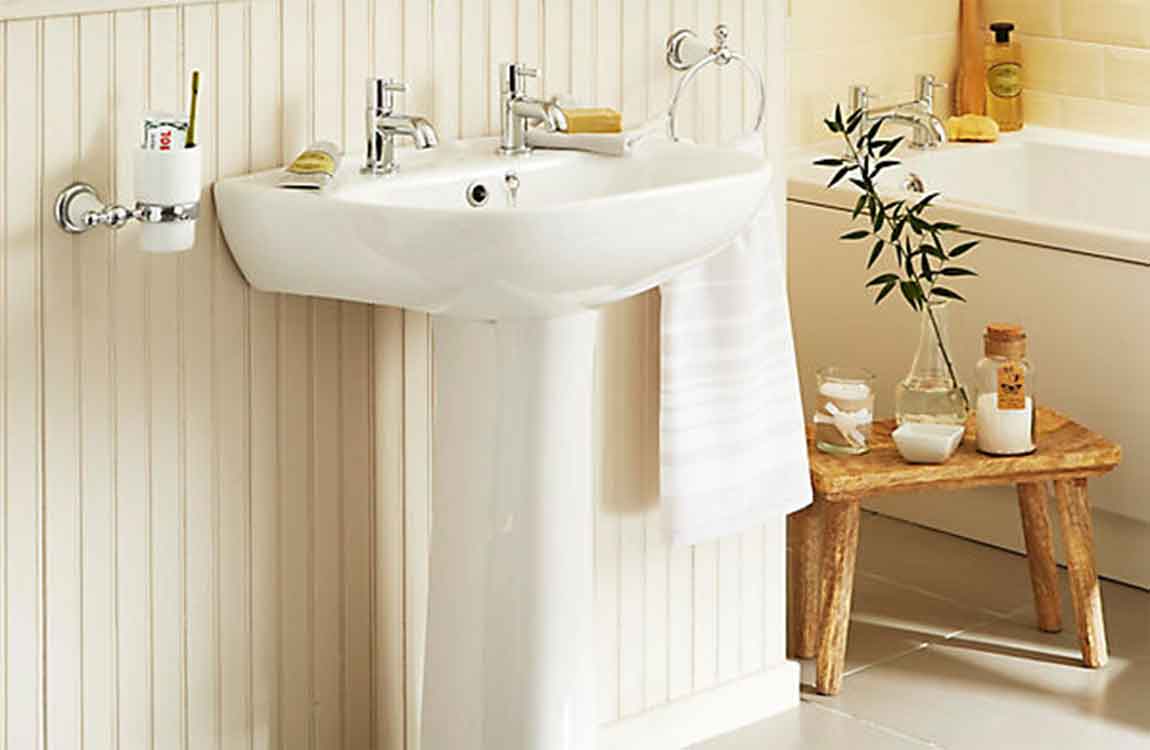
Check your new faucet base and see if they include a soft plastic gasket. You need something like this to seal around the base to keep water from getting under it. If not, buy some plumbers’ putty. It’s gray in color and is something like chewing gum. Stick a bead of it around the base before you mount the new faucet. When you tighten down those two big nuts, it will squeeze a little of this putty out but it’s easy to clean up with rubbing alcohol.
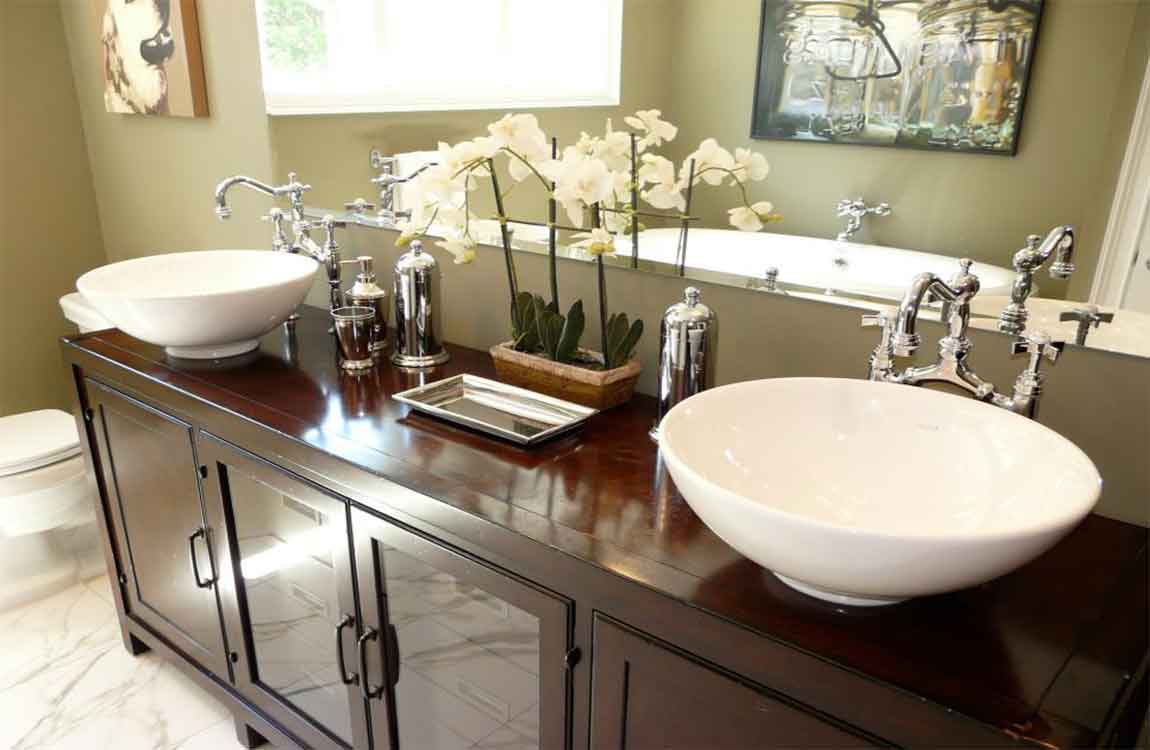
Attach the new tubes to the new faucet before you install it in the sink. Assemble the new faucet. Sometimes there is a separate flange or plate that slips over the bottom. If you want this flange installed, or if there are any additional hoses to assemble, do so now. Slip the new faucet through the holes in the sink. Tighten the new nuts from below the sink, but stop when you get close.
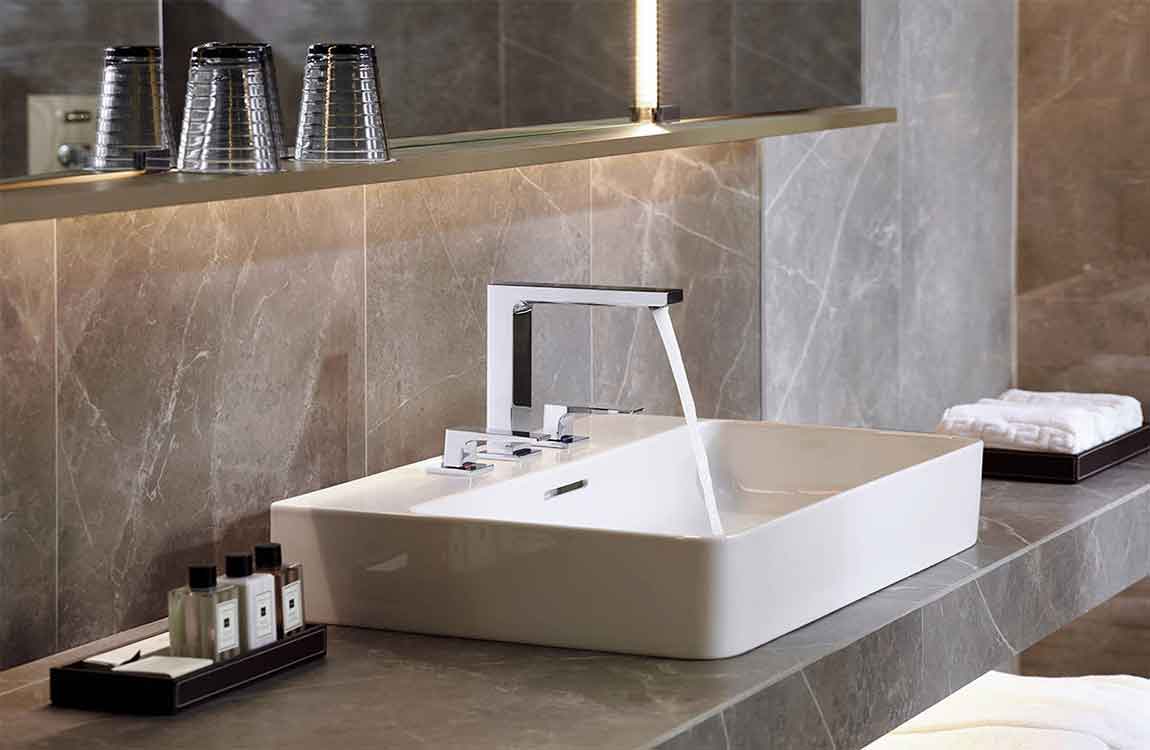
Before you get those two big nuts tight, take a look at your new faucet, see if it is straight or angled one way or the other, then finish tightening up the nuts. Insert the tubes into the valves under the sink and tighten up the tube nuts. Turn on the water and check for any leak. Wait for ten minutes and check for leaks again. If everything seems fine, you’re done; if not, tighten the fittings a little more and check for leaks again.

